Defying the Trend: Why Vintage Condos in West Palm Beach Command a 13% Premium
The real estate market is often a tale of shifting trends, but in West Palm Beach, one surprising anomaly has emerged—vintage condominiums are selling at a 13% premium compared to newer resale units. In a state where aging buildings are under increasing scrutiny due to stringent Milestone Inspections, this trend raises an important question: Why are buyers willing to pay more for condos in buildings that are at least 30 years old?
Understanding the Vintage Condo Market
Vintage condos, by definition, are units in buildings that have existed for at least three decades. These properties typically possess characteristics that attract specific buyers, including:
• Prime locations: Many vintage buildings were constructed in desirable waterfront or downtown areas before land became scarce.
• Spacious layouts: Older condos often feature larger floor plans than modern counterparts, catering to buyers who prioritize space over sleek, high-rise designs.
• Architectural charm: Mid-century and Art Deco influences give these buildings a unique aesthetic that stands apart from the glass-heavy contemporary structures.
• Lower density: Compared to today’s towering developments, vintage buildings often house fewer units, offering a quieter, more community-driven atmosphere.
Despite these advantages, vintage condos typically sell at a discount across much of Florida. In Palm Beach County, for example, vintage condos are priced 29% below the market average—which makes West Palm Beach’s 13% premium even more remarkable.
The Impact of Florida’s Milestone Inspections
Following the tragic Surfside condominium collapse in 2021, Florida introduced strict safety laws requiring Milestone Inspections for aging residential buildings. These laws mandate:
• A structural inspection at 30 years (or 25 years if the building is within three miles of the coast).
• Recurring inspections every 10 years thereafter.
This legislation aims to ensure the structural integrity of older buildings, but it comes with substantial costs. Condo associations must fund any necessary repairs or face potential devaluation of their properties. This has led to higher association fees, increased special assessments, and in some cases, financial strain on residents.
Why Are Buyers Willing to Pay More?
Given these challenges, the West Palm Beach vintage condo premium seems counterintuitive. However, several factors contribute to this trend:
1. Prime Waterfront Locations & Gentrification
West Palm Beach has seen a surge in development and revitalization efforts, increasing demand for properties near the Intracoastal Waterway and downtown areas. Many vintage condos occupy irreplaceable locations, making them highly desirable despite their age.
2. Preemptive Compliance with New Safety Standards
Some vintage condo buildings have already undergone structural upgrades or passed milestone inspections, reassuring buyers that they won’t face unexpected costs in the near future. These buildings can command a premium price over those that have yet to comply.
3. Rising Costs of New Construction
The cost of constructing new condos has skyrocketed due to inflation, material shortages, and labor costs. Many buyers find vintage units to be a more affordable alternative to new luxury developments—especially when factoring in square footage.
4. The Appeal of Established Communities
Unlike newer developments, vintage condos often have long-standing communities with residents who have lived there for decades. This stability can be appealing to retirees and second-home buyers seeking a sense of belonging.
5. Renovation Potential & Investment Value
Savvy buyers and investors see vintage condos as value-add opportunities. With a renovation, these units can be transformed into modern residences while maintaining their premium locations and larger layouts.
Potential Risks & Considerations for Buyers
While the appeal of vintage condos in West Palm Beach is evident, buyers must consider several risks:
• Unforeseen special assessments: Even if a building is currently compliant, future inspections could uncover costly repairs.
• Higher HOA fees: Maintaining an older structure requires ongoing maintenance, which can lead to rising homeowner association fees.
• Market volatility: If additional safety regulations emerge, some vintage properties could see a dip in value, especially those that require substantial upgrades.
Conclusion: A Unique Investment Opportunity?
West Palm Beach’s vintage condo market is defying expectations, offering a premium-priced alternative to newer developments. While Florida’s stringent safety laws pose potential challenges, they also create a filtering effect—ensuring that only the most well-maintained and structurally sound vintage buildings remain competitive.
For buyers seeking spacious layouts, prime locations, and the charm of historic architecture, vintage condos in West Palm Beach represent a unique opportunity. However, due diligence is key—understanding a building’s inspection history, financial reserves, and future obligations can make all the difference between a sound investment and a costly mistake.
As West Palm Beach continues to evolve, will the vintage condo premium hold? Time will tell, but for now, these properties are standing out as a rare exception in Florida’s shifting real estate landscape.





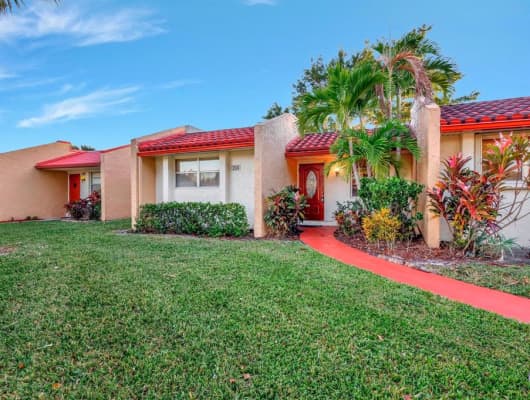
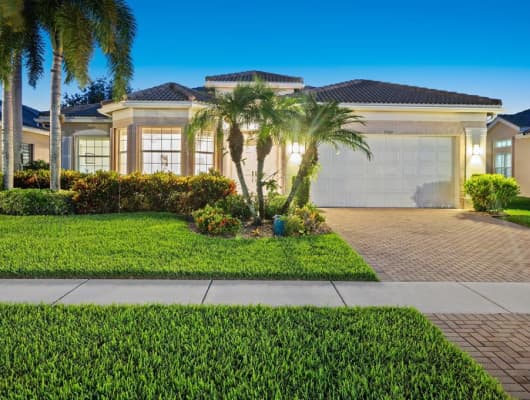
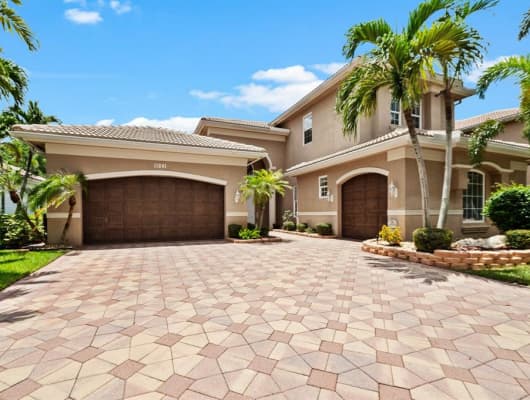
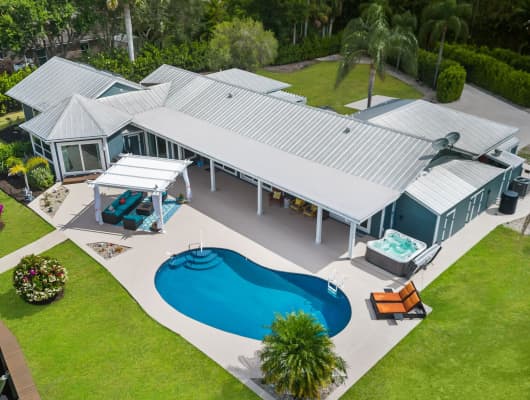
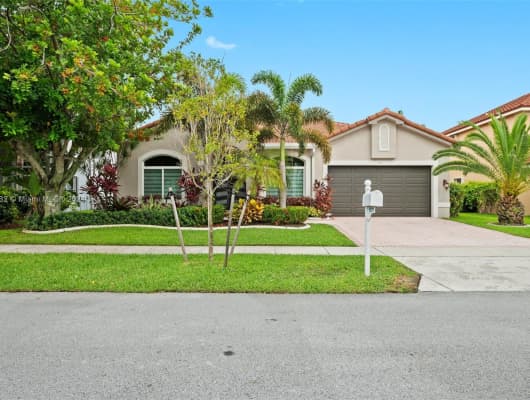
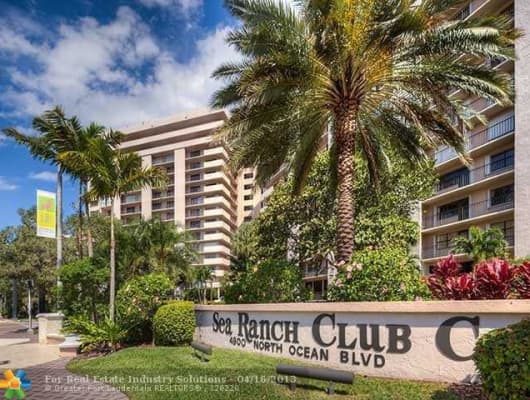
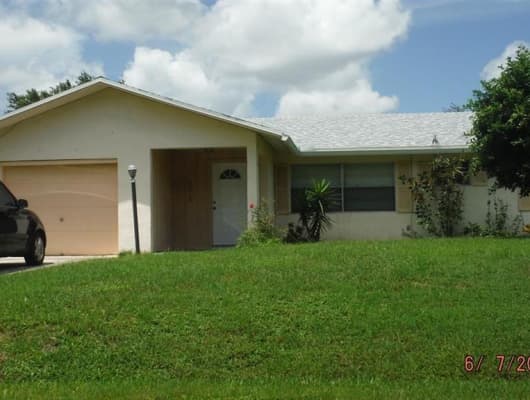
No Comments